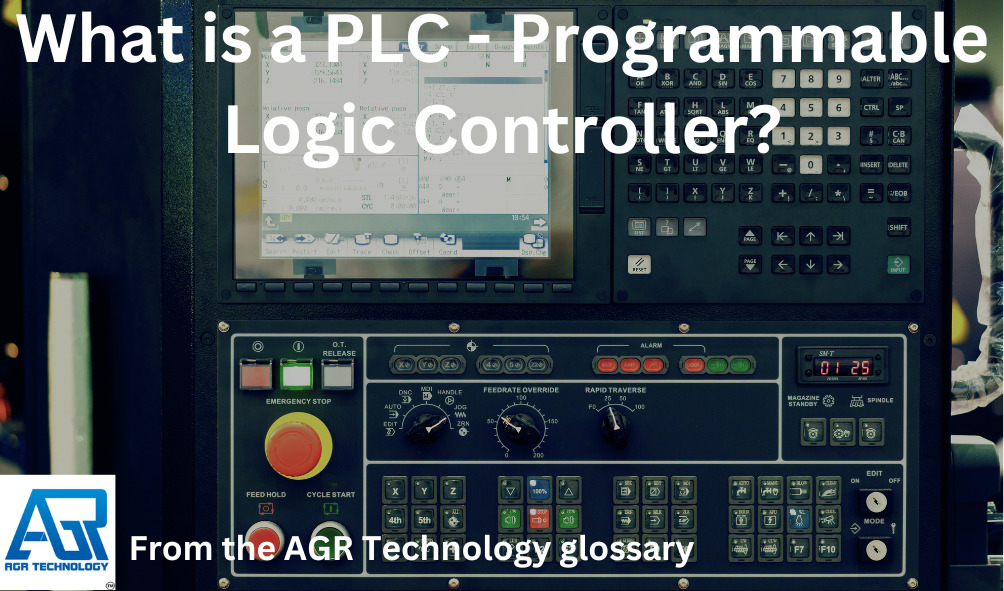Introduction

A programmable logic controller or PLC for short is a type of ruggedized and adaptable industrial computer used to control manufacturing processes. Dick Morley is regarded as the father of PLC because he invented the first PLC, the Modicon 084, in 1968 for General Motors. PLCs can range in size from small modular devices with tens of I/O to big rack-mounted modular devices with thousands of I/O.
They can be configured for a variety of digital and analog I/O configurations, extended temperature ranges, electrical noise immunity, and vibration and impact resistance. Software development agencies can design programs that control machine functions that are often stored in non-volatile or battery-backed memory.
PLCs were first created in the automobile industry to replace hard-wired relay logic systems with flexible, durable, and easily programmable controllers. Since then, they've been popular as high-reliability automation controllers for hostile settings and a critical component of industrial machines that from around the world such as those sourced and imported from China and the USA. A PLC is an example of a hard real-time system since output results must be delivered in a restricted period in response to input conditions, or else unexpected operation may occur.
Some background history

PLCs were developed in the late 1960s in the automotive industry in the United States to replace relay logic systems. Previously, factory control logic was mostly comprised of relays, cam timers, drum sequencers, and dedicated closed-loop controllers. Changes would necessitate rewiring and careful documentation updating.
When general-purpose computers first became accessible, they were unreliable and necessitated the use of specialized programmers as well as stringent control over working circumstances. The PLC outperformed preceding automation systems in various ways, including being more dependable, smaller, and requiring less maintenance than relay systems.
It could be simply expanded with additional I/O modules, whereas relay systems required complex hardware changes in the event of reconfiguration. It was more user-friendly than computers that used general-purpose programming languages and could be monitored. Early PLCs were programmed in ladder logic, which closely resembled a relay logic schematic diagram.
Read the full page on our website:
https://agrtech.com.au/glossary/plc-programmable-logic-controller/
Related resources/links:
https://docs.google.com/spreadsheets/d/1CGUeMdL8jpifuqhvFrMsnjeSzRG5EKm9tPjN5b5En94/edit
https://drive.google.com/drive/folders/14LW8je_gTADd8G7Qyb88Rzn2Pofkj0we
https://agrtech.com.au/custom-software-development-melbourne/
https://agrtech.com.au/china-product-sourcing-services/
https://www.reddit.com/r/Agrtech/comments/13j0j2x/resource_what_is_a_plc_and_what_does_it_do/

